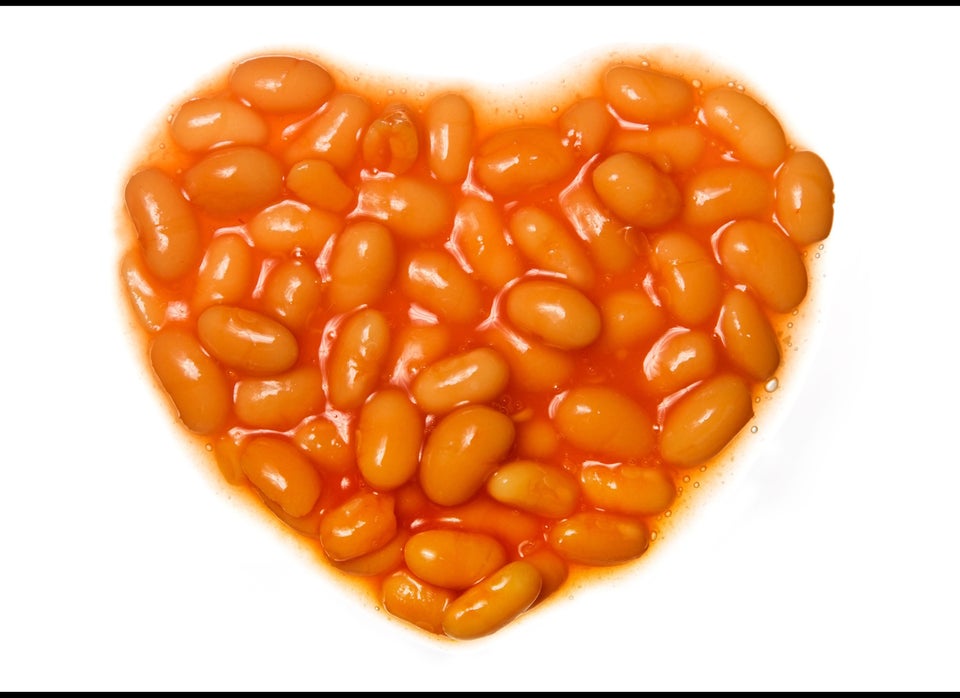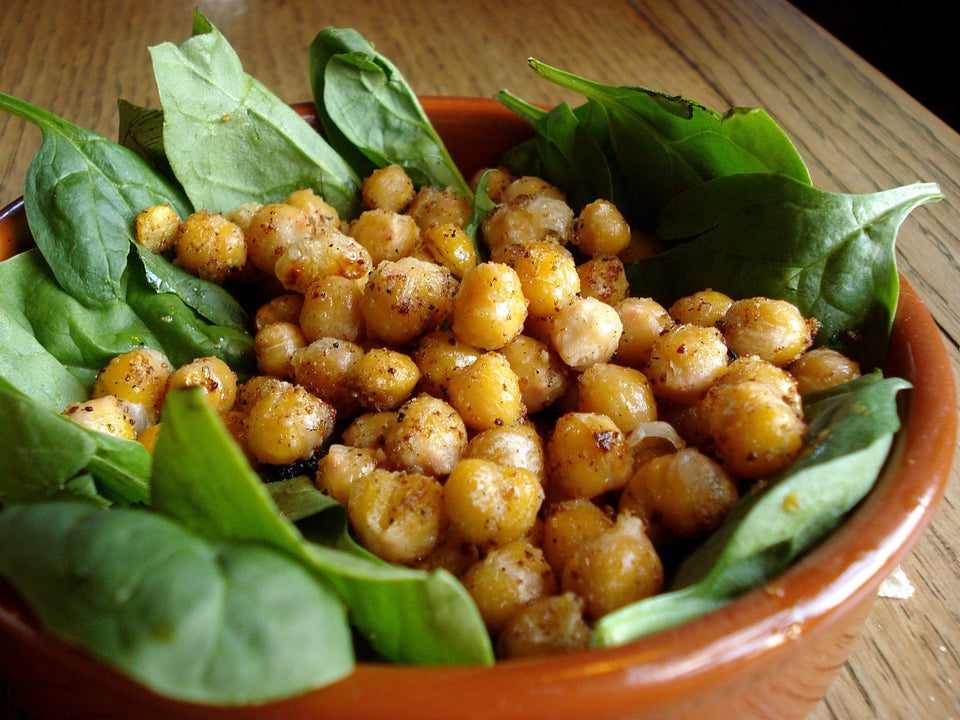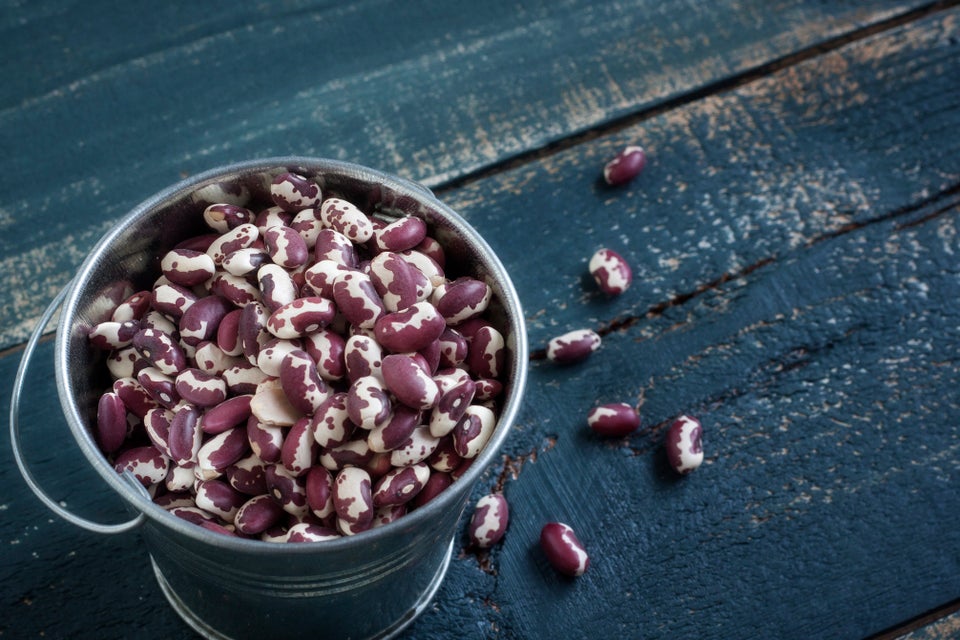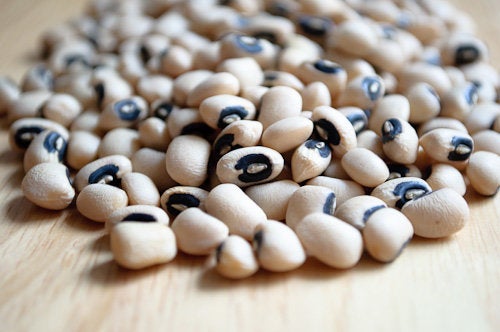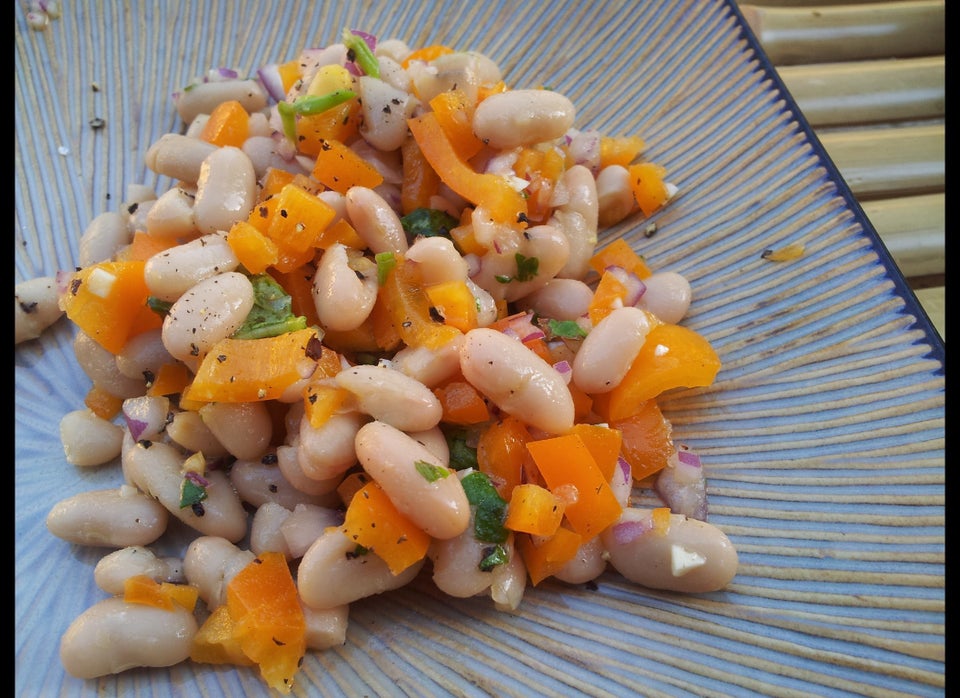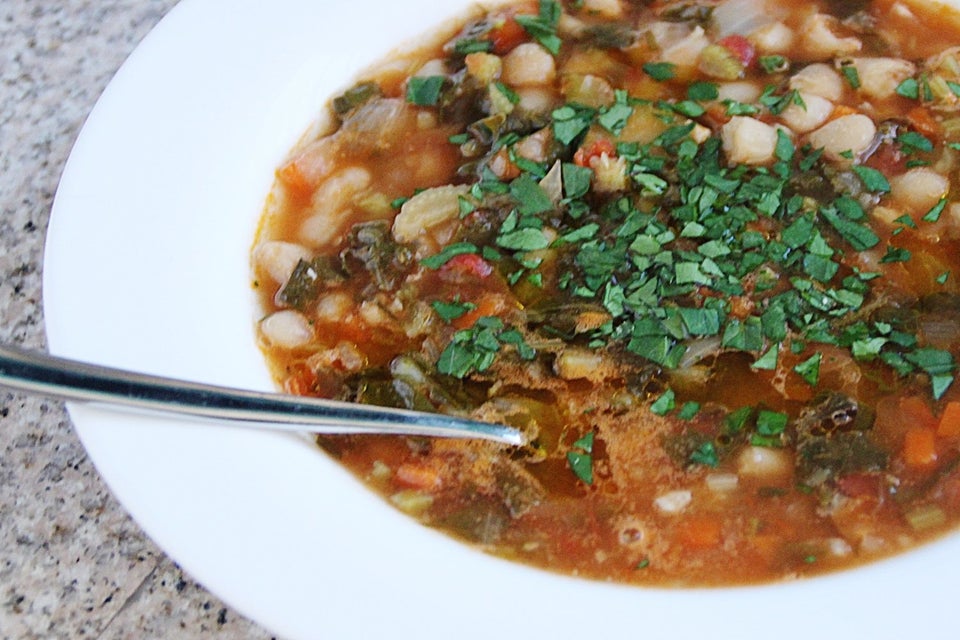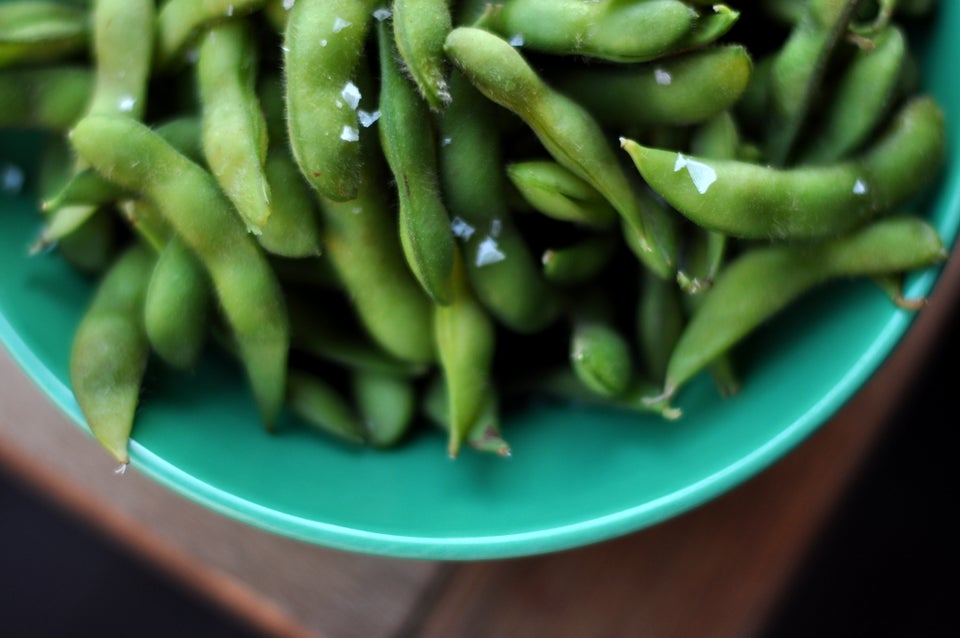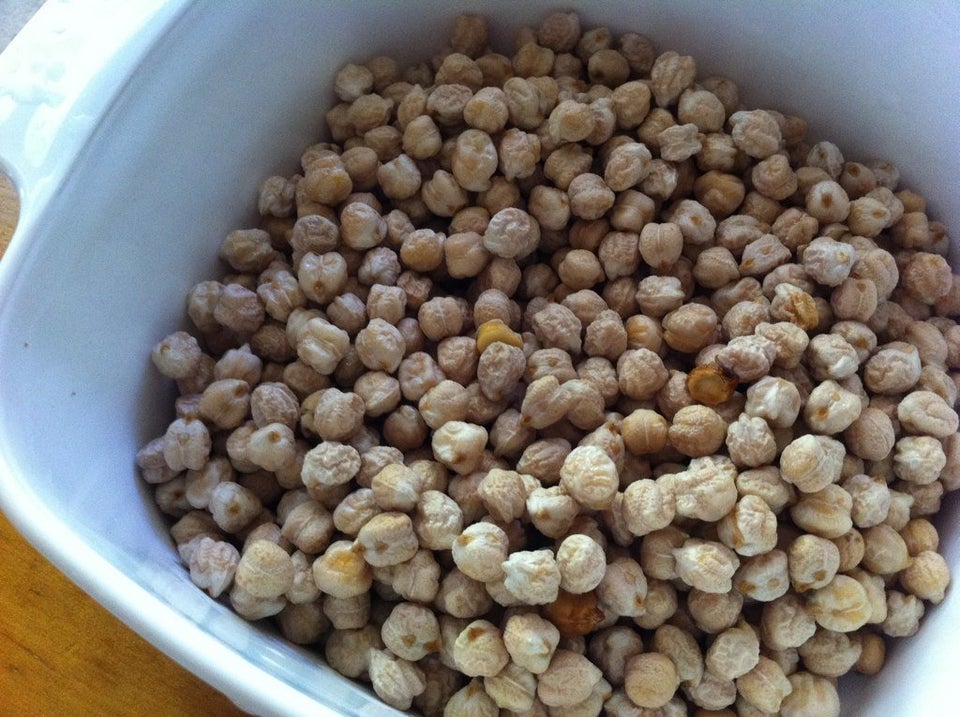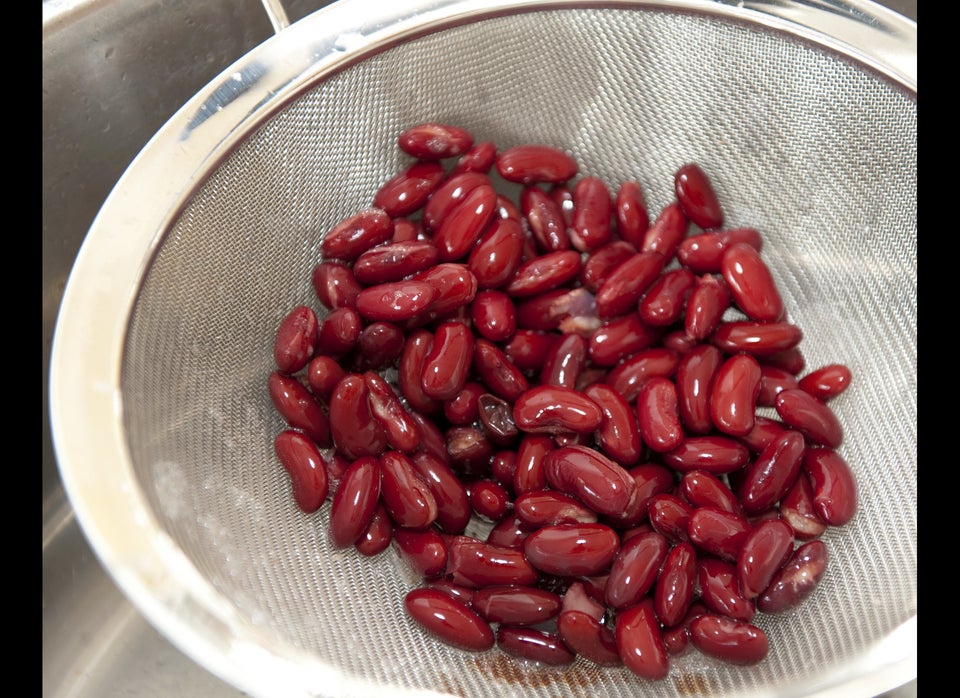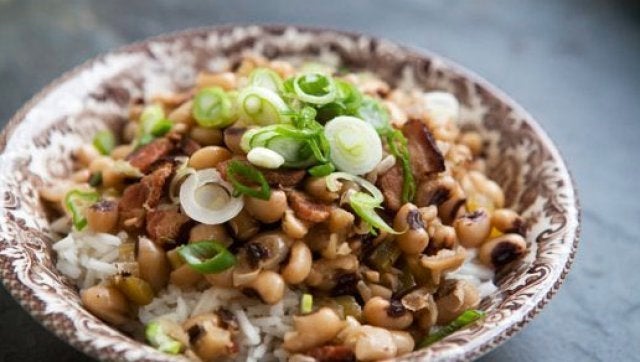
In our last installment of "Don't Be Scared, It's Just ____," we gave you our favorite one (or two) ingredient recipe: whipped cream. If you can handle whipping cream to perfectly soft peaks, you can absolutely handle our topic for today's edition.
Dried beans and I are having a bit of a kitchen love affair right now. But it hasn't always been this way. For most of my cooking life up to this point, I've been firmly, wholeheartedly terrified of them. Three things helped turn this culture of avoidance into an all-out season of appreciation: 1) my husband's general willingness to, through trial and error, actually make a few pots of really excellent dried beans, 2) the discovery of Rancho Gordo beans (which cook faster and taste better than any other bean I've ever tangoed with) and 3) Tamar Adler. More specifically, an excerpt from Tamar Adler's An Everlasting Meal, tucked away inside Best Food Writing 2012, in which she waxes particularly poetic about how nourishing and satisfying a pot of beans can be.
The biggest lie that every disciple of dried beans has ever told you is that you have to soak them overnight. You can soak them overnight. You should, if you have the foresight. Let me confess something to you: I have never had the foresight to soak dried beans overnight. The quick-soak method is your friend. As Adler puts it: "If you didn't put two cups of beans in a pot of cold water last night, get on the bandwagon today by putting them in a pot, covering them with five inches of water, bringing it to a boil, turning off the heat, and leaving them sitting in hot water, covered, for an hour. Then drain them and cover them with new water." (The draining is essential, as that water contains all the parts of beans beans that make them the musical fruit.)
Okay, so you've covered your beans in new water -- now what? This part is a bit like making stock. Your beans are going to taste like whatever you flavor this next batch of water with. There should be a bit of salt (you can always adjust later, so use a light hand), pepper, any herbs you have on hand, a chunk of carrot, celery, fennel, onion, a Parmesan rind.
Most importantly, as Adler puts it, there needs to be an "immoderate, Tuscan amount of olive oil," which I've taken to mean as much as I think is enough, and then a bit more. The major argument for using dried beans rather than canned is that you get to dictate what these beans taste like. Canned beans are great in a pinch, and I still use them when time is a concern or they are not the star of the dish, but they all just taste like canned beans. Dried beans, cooked in this way taste like vegetables. Like they grew out of dirt. And then drank a bunch of olive oil and herbs and swelled up like balloons full of flavor. The older your beans are, the longer they'll take, so if you pull a giant bag off the supermarket shelf, you'll be able to make them delicious, but it will just take a little more time.
You'll want to bring all of these ingredients to a boil, and then immediately bring your pot down to a slow simmer, uncovered the whole time. How long should you cook these? One more bit of advice from Adler: when five beans eaten straight from the pot are tender and full of flavor. If you're using Rancho Gordo beans, it will take less time than you think. Plan for an hour or two. (And a note on liquid: the goal is not to cook beans until the liquid is gone, like rice. If you do that, you will cook these into wallpaper paste. The liquid your beans cook in is delicious. If the dish you're using your beans in doesn't require a bit of extra liquid/stock, save this bean broth for other uses. Like, um, drinking it from a mug because it's so good.)
These are not the kinds of beans you'll want to hide in any old soup or salad. These are the kinds of beans you'll want to eat out of a bowl, topped maybe with some avocado and feta, with another immoderately Tuscan glug of olive oil over the top. You'll eat these for days. And you'll feel pretty proud that you made what started out as colorful little rocks taste so delicious and feel so healthy. Not to mention you've saved yourself a boatload of money on beans. Deep breaths, you did it.
You are now a brief stint in the kitchen away from glorious minestrone, comforting pasta e fagioli or hearty rice and beans. Need another idea? Get this awesome Hoppin' John recipe from Simply Recipes.
This story appears in the Issue 52 of our weekly iPad magazine, Huffington, in the iTunes App store, available Friday, June 7.
Related
Before You Go
